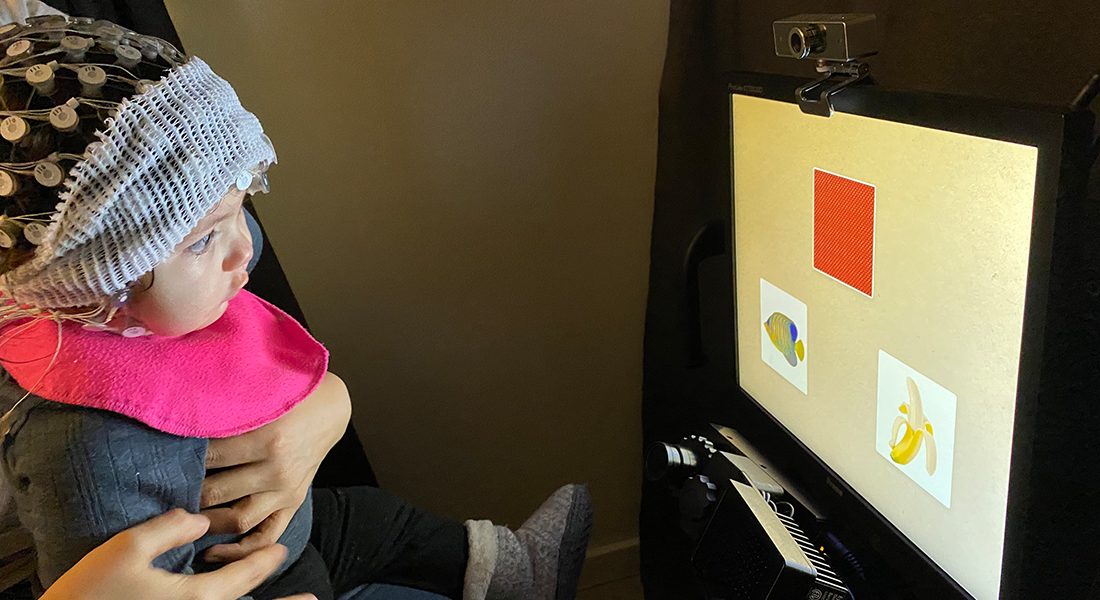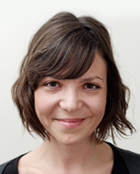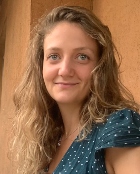Development of Curiosity
This project investigates the development of curiosity; the drive that makes us search for information. Curiosity is critical for learning, yet, we know little about its mechanisms, development or why we differ in how curious we are. Differences in curiosity can already be seen by two years of age, making it crucial to study how curiosity develops in the first years of life. To do this, this project will follow 100 babies from age 1 to 2 years and will involve three visits to our lab for each family. Each visit will include three short and fun studies.

In the first study, we will look at whether babies spontaneously search for new information and whether they are willing to look away from a fun cartoon to get additional information. This study uses an eyetracker, which is a camera that can detect exactly where the baby is looking on the screen. Using this, we can have the screen display respond to what the baby is attentive to and measure what and how much information the babies decide to explore.
 Example from Study 1. Babies see three characters, two of which hide into boxes behind a curtain. By looking at the boxes, babies can find out which one is hiding where.
Example from Study 1. Babies see three characters, two of which hide into boxes behind a curtain. By looking at the boxes, babies can find out which one is hiding where.
The second study explores how babies monitor and control their own learning. In addition to the eyetracker, EEG (electroencephalography) is also used, which consists of a soft net placed on the babies’ heads to record the naturally occurring activity of their brains. In a fun memory game, babies will be able to turn cards and reveal different images by looking at them. We hope to teach them that the game is about finding the two cards with the matching image. We will look at how much time babies spend looking at the images before finding the match and what happens in their brain when they look at the matching or the non-matching card. This will help us understand how babies gather information and learn while they are playing the game.
 Example from Study 2. By looking at the different cards, babies will be able to reveal the images and find the matching pairs.
Example from Study 2. By looking at the different cards, babies will be able to reveal the images and find the matching pairs.
Finally, the third study will be about how babies explore their environment and interact with other people in a play situation. We will ask you to play with your baby like you would at home, while we record a video of your interaction. We are interested in the different ways in which babies play on their own, as well as how they might ask for information from you.
We are excited to start this project and kindly invite you and your baby to help us answer these important questions!
|
PhD in Psychology
Assistant Professor, Tenure track
khb@psy.ku.dk |
 |
|
|
 |
About the study
Development of Curiosity runs from March 2023 to the end of September 2024.
The study is supported by Denmark's Free Research Foundation (Sapere Aude).
Contact
Centre for Early Childhood Cognition
